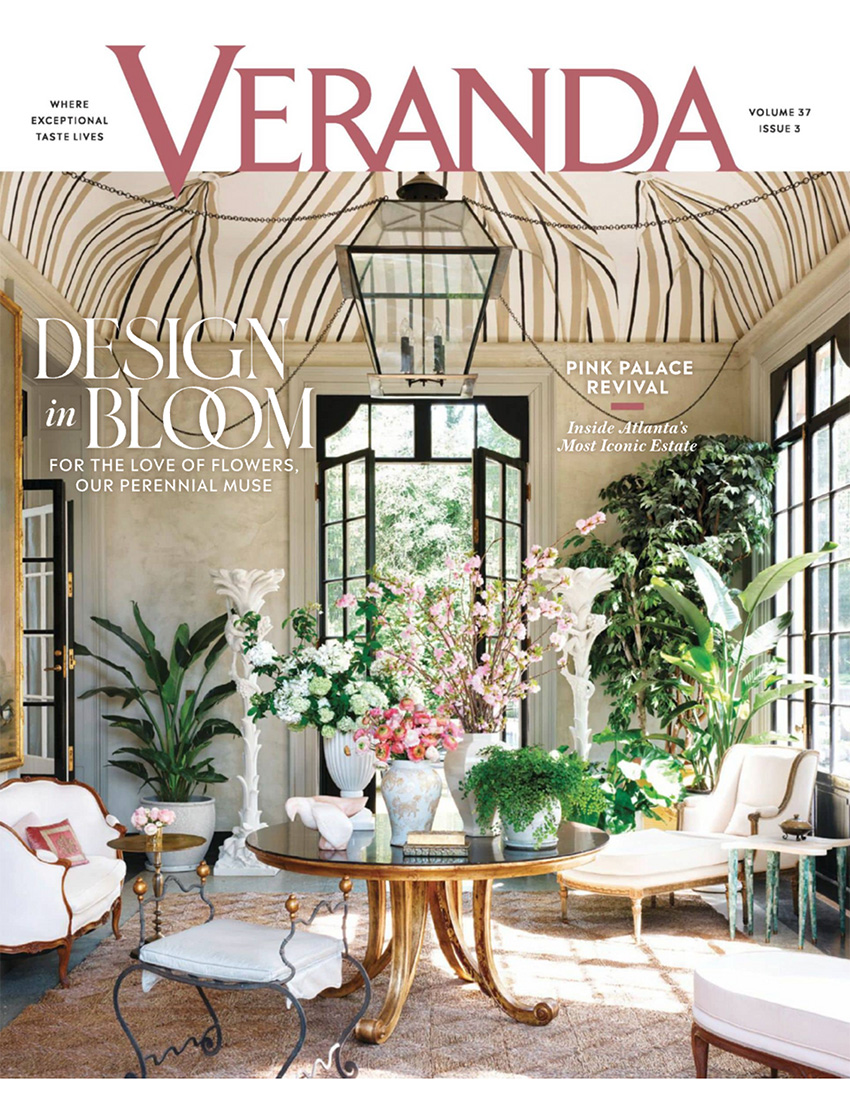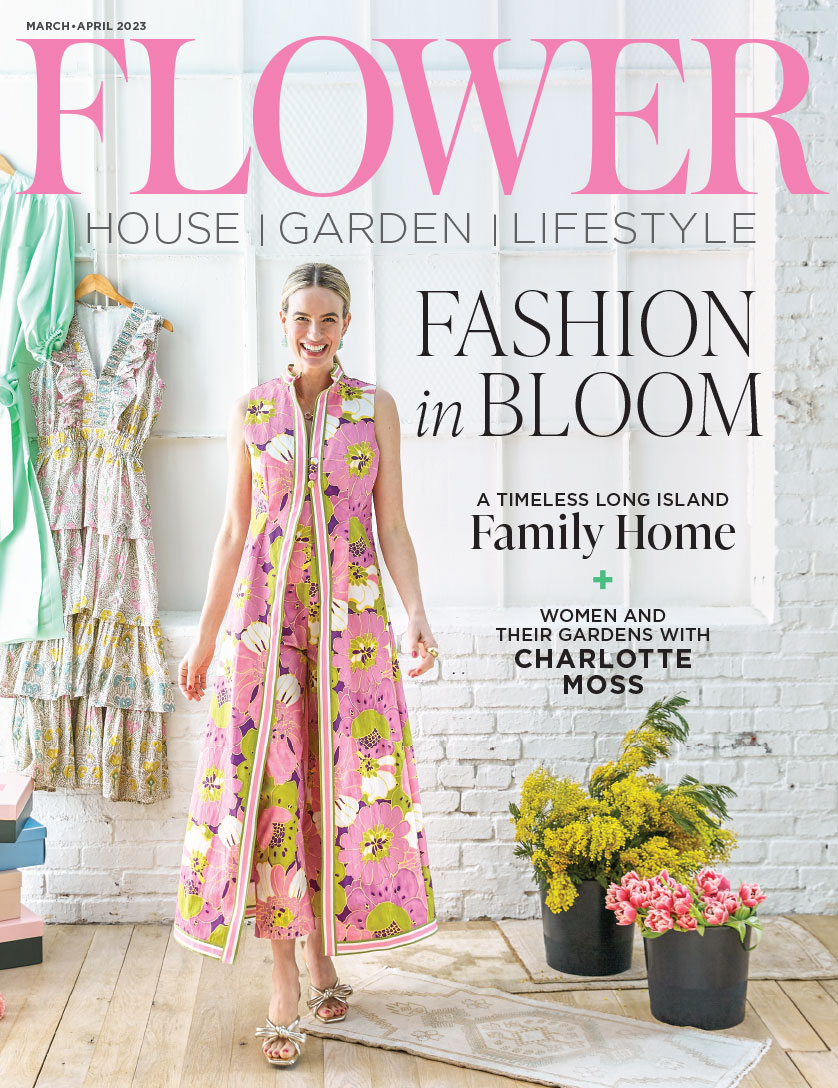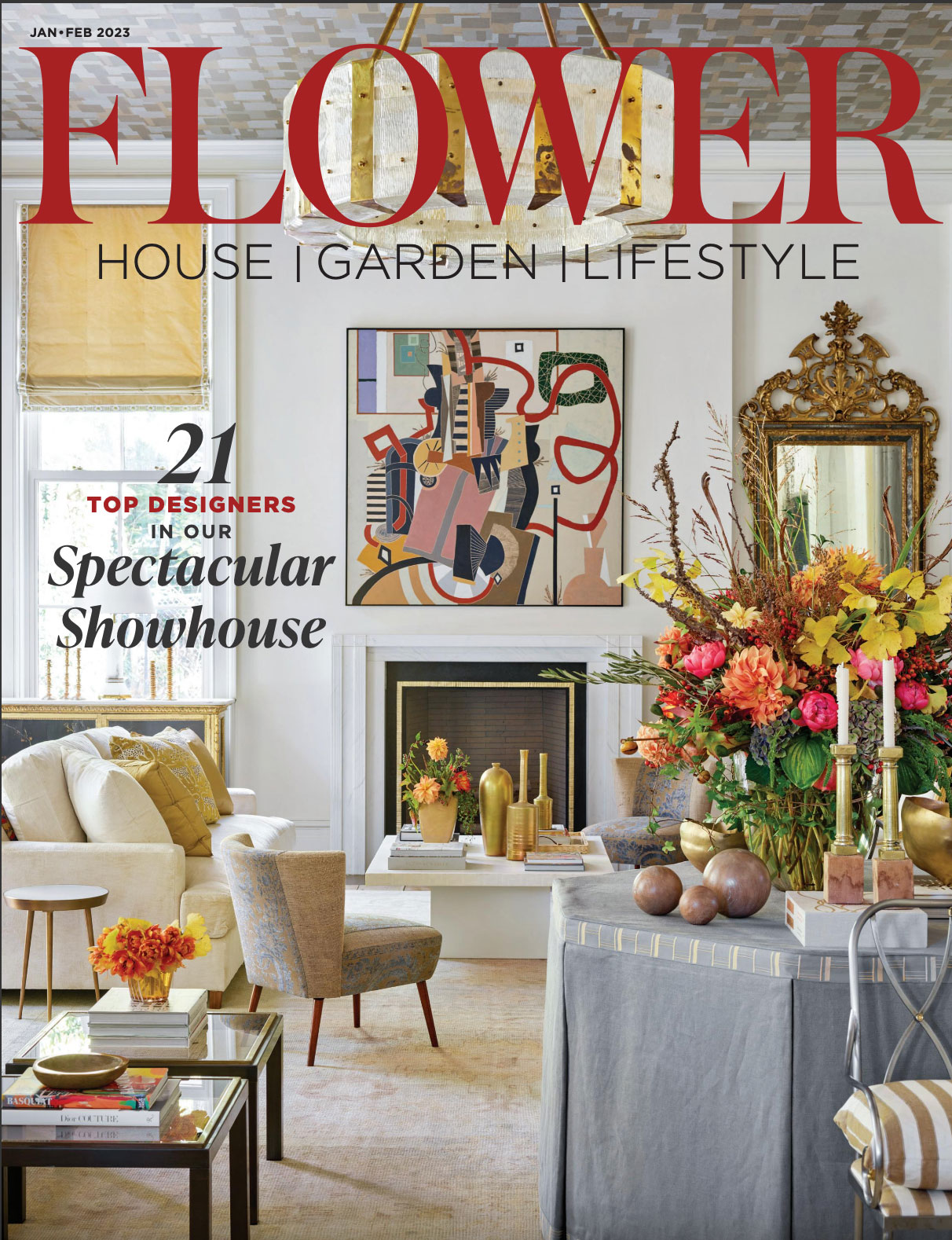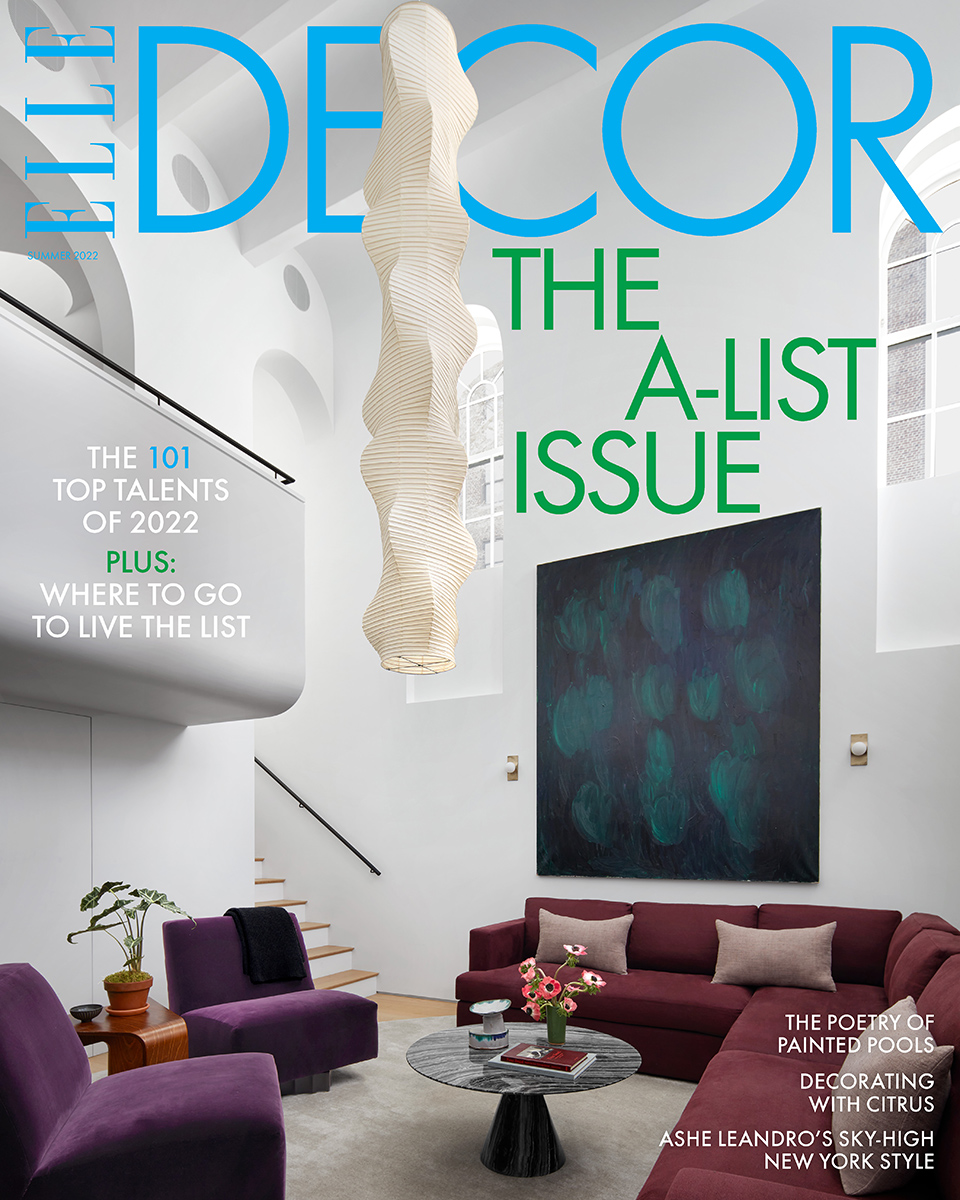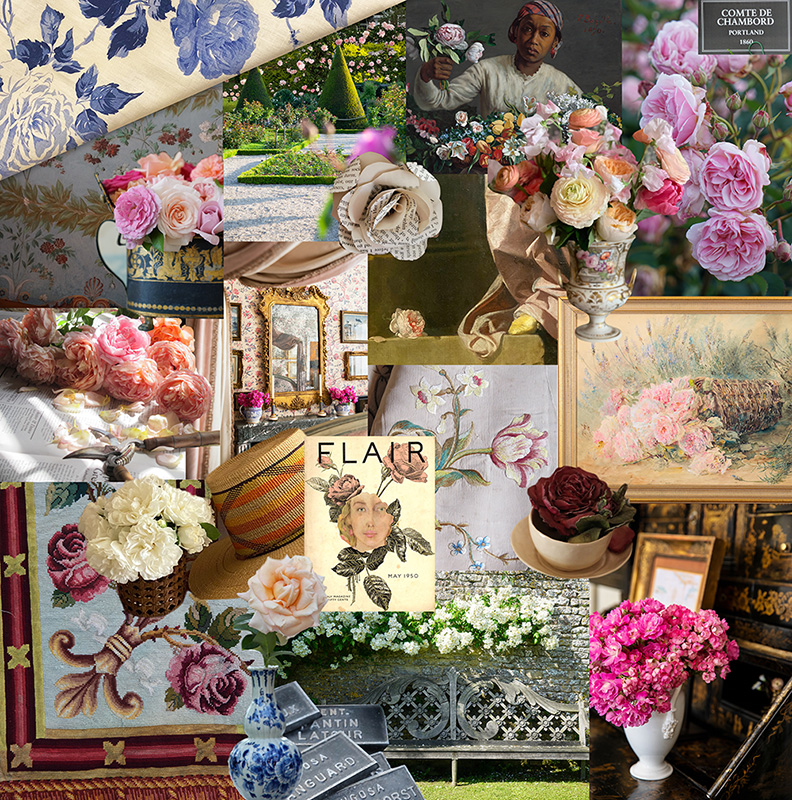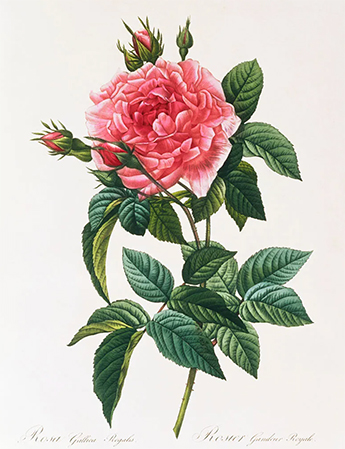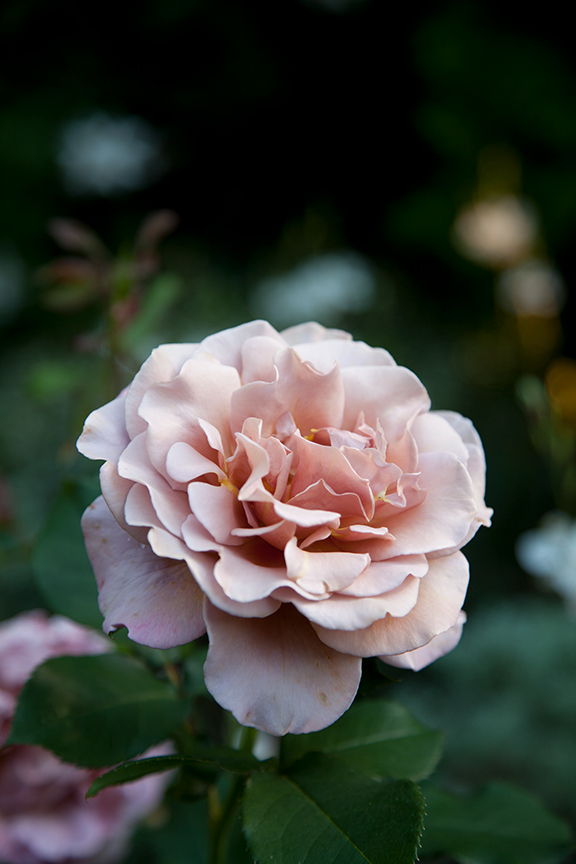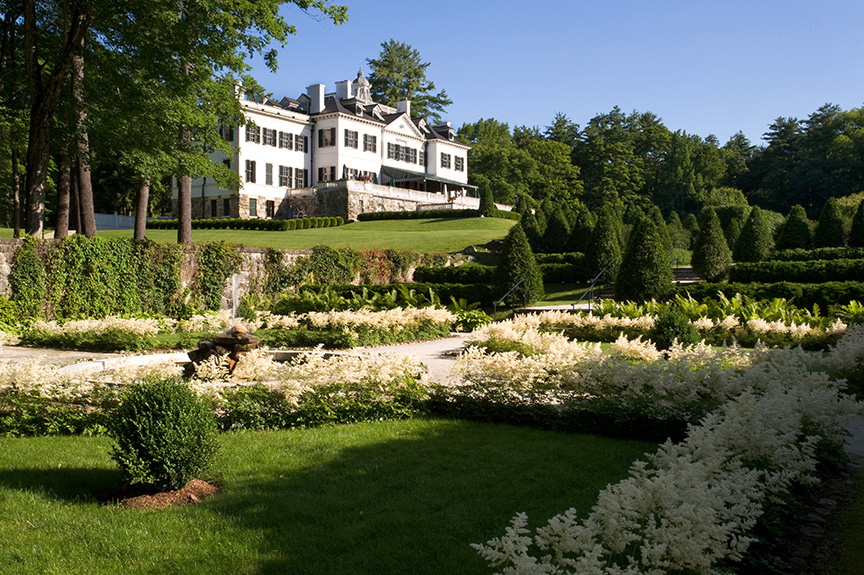
Edith Wharton & The Mount
In honor of Women’s History Month, we are highlighting the continuing legacy of Edith Wharton. For the entire month of March, The Mount is hosting conversations about extraordinary women from the nineteenth century who have helped shape the American story with their achievements.
Excerpted from Charlotte Moss, Garden Inspirations (Rizzoli, 2015.)
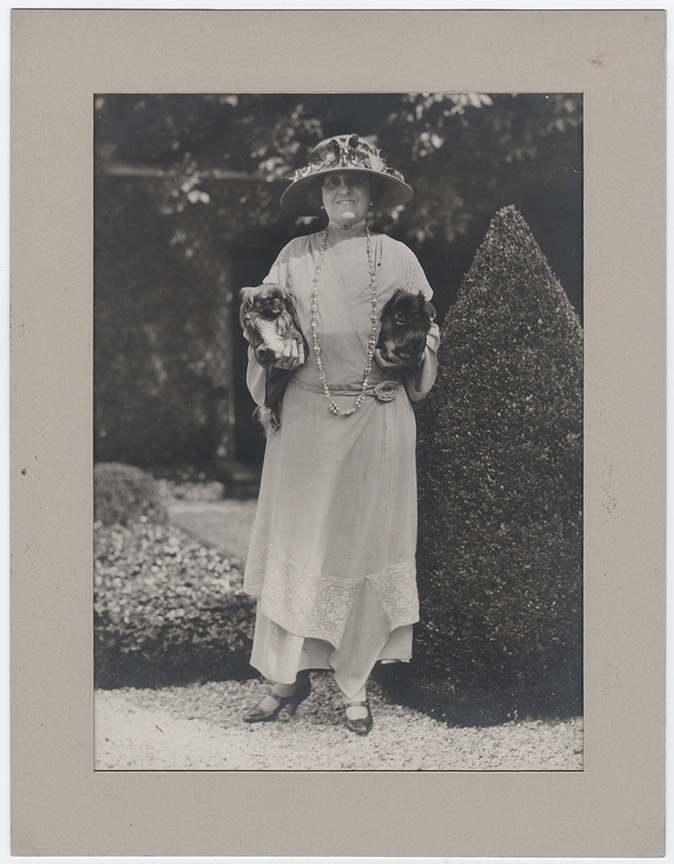
“A Pulitzer Prize–winning American novelist, short story writer, and designer, Edith Wharton made a lasting impression on the literary world –but she was also a garden designer, interior designer, and tastemaker of her time.
Born Edith Newbold Jones, Edith spent her childhood traveling around the world and was greatly influenced by the beauty she saw. After the Civil War her family moved to Europe, where she spent the first year in Rome. Lavish gardens, flower-filled hillsides, piazzas, and ancient ruins made a lasting impression on young Edith before her family returned to their home Pencraig, in Newport, Rhode Island. In her memoir she wrote: “The roomy and pleasant house of Pencraig was surrounded by a verandah wreathed in clematis and honeysuckle, and below it a lawn sloped to a deep daisied meadow . . .” Edith was always observing her surroundings, and subsequently found a passion for literature, interiors, and nature.
Edith made her social debut into New York society in the winter of 1879 and married Edward Wharton, from a well-established Philadelphia family. After purchasing properties in New York and Newport, they settled on the property in the Berkshires in Lenox, Massachusetts, called The Mount. Edith worked with Francis V. L. Hoppin to execute her vision. From the architecture to the interior design and the gardens, she incorporated her style—and her possessions from abroad. A lifetime of traveling Europe and observing gardens greatly influenced the creation of the gardens at The Mount.
After selling The Mount in 1911, Edith purchased the Pavillon Colombe in St.-Brice-sous-Forêt, in a suburb of Paris. Her study of architecture and gardens is evident throughout the property and specifically in the different garden “rooms.” She followed the three elements of garden design she outlined in her book Italian Villas and Their Gardens: “marble, water, and perennial verdure,” from well-groomed shrubs to fruit trees—even the flowers were perfect and enhanced by beautiful statues. “Classical busts on pedestals peeped out from foliage-covered niches, stone urns overflowed with flowers, and cherubs with baskets of flowers adorned garden paths,” she wrote.
Stone paths with flower borders wind through the property, and her own rose garden surrounds a pond covered in water lilies. She wrote to a friend: “I got your splendid tulip list, for which all gratitude, & am ordering from Van Tubergen. My new rose garden is promising, & I find this soil so decidedly made for rose growing that I mean to plant hundreds more this autumn, & to root up nearly all the old varieties. The new ones are so much more worth while, & one can now get varieties of every kind to which mildew is unknown.”
In 1927 Edith purchased a villa, Castel Sainte-Claire, where she lived during the winters and springs. Located in the hills above Hyères, she called the villa Sainte-Claire du Chateau and filled the garden with cacti and subtropical plants. She spent most of her time on the terrace enjoying the spectacular views, lawns bordered by flowers and shrubs, and arched topiary. The first woman to win the Pulitzer Prize for literature, Wharton lives on in the subtle irony between the lines of her novels, in the soil at the Mount, and in the flowers at Sainte-Claire.”
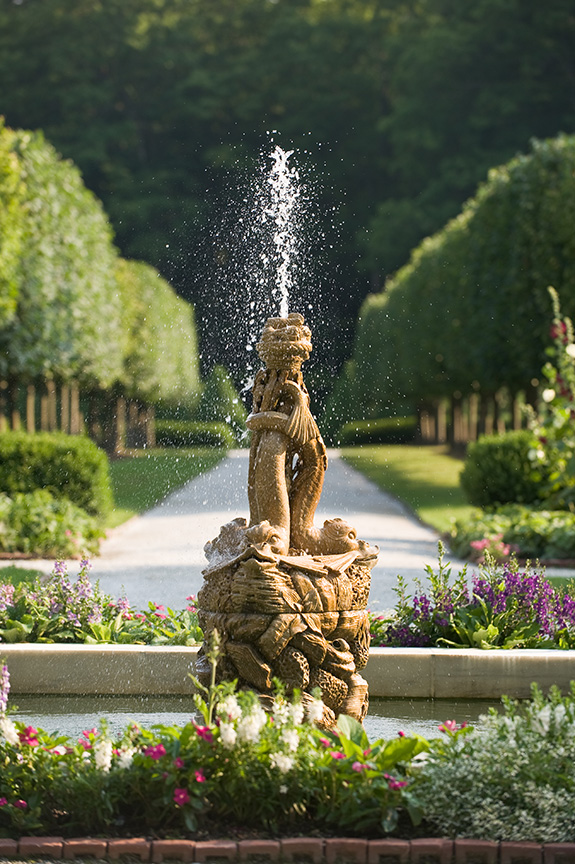
Celebrate Women’s History with The Mount this month!
This March, journalist Julie Scelfo will be hosting conversations about extraordinary women from the nineteenth century who have helped shape the American story with their achievements.
*Photography courtesy of The Mount

